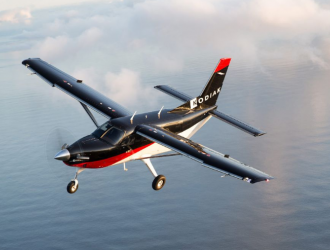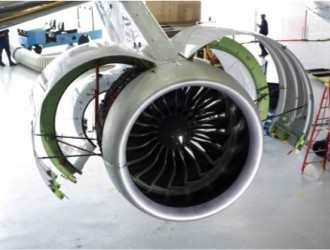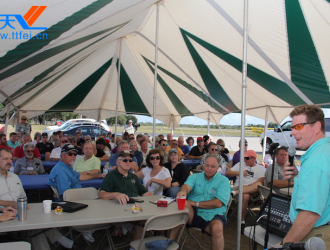Question: How were airport codes assigned? I've observed that in Canada they begin with a Y, while in the U.S., they seem to reflect the actual city name. How is it different in other parts of the world?
- Submitted by reader J Masselink, Guelph, Ontario

Los Angeles International Airport on March 23, 2015. (Photo: Jason Kempin, Getty Images for #TackleEbola)
Answer: There are two different types of airport codes: the International Civil Aviation Organization (ICAO) and the International Air Transport Association (IATA). ICAO uses a four-letter code, in which the first letter is the country code. The U.S. uses K for its code. The New York airports are KJFK for Kennedy, KLGA for LaGuardia and KEWR for Newark. These codes are used for the filing of flight plans and for air traffic control purposes.
In the early days of aviation, the airport codes were assigned similarly to radio stations. In the U.S., the original radio stations' call letters began with K, so the decision was to continue the tradition with airports. The Canadian radio stations began with Y. The U.S. evolved to use the K only for ICAO purposes, while the Canadians use C for the country letter but kept the Y for the first letter of the airport code.
The IATA codes are used for ticketing and are three letters. Chicago O'Hare is ORD, London Heathrow is LHR, and London Gatwick is LGW. The IATA codes are used for baggage, too.
Here are some interesting airport codes around the world:
BAM - Battle Mountain airport in Nevada
BUM - Butler Airport in Missouri
CAT - Cat Island in the Bahamas
DOG - Dongola Airport, Qatar
FAT - Fresno, Calif.
SUX - Sioux Falls, S.D.
SEX - Sembach Airport, Germany
Q: I fly weekly, and it seems we often fly over other airports. Is this by design in case an emergency landing is needed, or are there just a lot of airports?
- Ty, Spartanburg, S.C.
A: There are a lot of airports. For longer over-water flights, specific en route alternate airports are designated. In case of inclement weather at the destination, a specific alternate airport is designated. The airports you see while flying over the U.S. are not part of a specific emergency plan. We are fortunate to have a large number of airports supporting our aviation industry.





